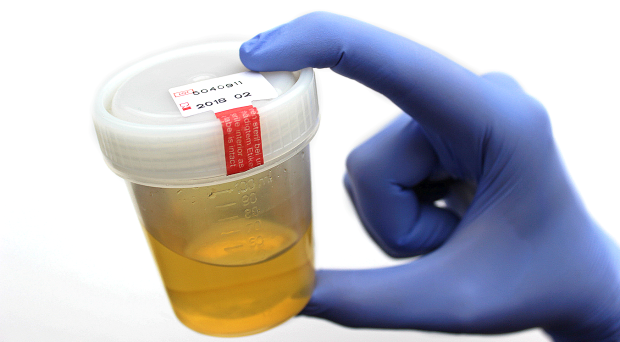Depending on the color, smell and time gap of urine one can easily find out whether you are healthy or suffering from any disease. While this may sound a bit strange, according to experts, it can also be a way to check health.
The color of urine is normal if one drinks a sufficient amount of water, while its color changes if ones intake of water is less. Let’s know what color of urine can be a sign of which disease?
Yellow urine: According to experts, the standard color of urine is “urochrome”, that is, a slight yellow with a clean. By the way, its color may vary from person to person depending on your diet, medicine and body hydration. If you constantly see an unexpected change in the color of urine, then it can be a sign of distress. Let us understand this on the basis of different colors.
Dark brown color: In most cases, urine that’s dark brown indicates dehydration. Dark brown urine can also be a side effect of certain medications, including metronidazole (Flagyl) and chloroquine (Aralen).
However, if you drink more water but still see such a color, then it can be a sign of liver or kidney failure. Along with this, if you have problems like stomach pain, body rashes and seizures, contact a doctor immediately.
Clear: It symbolizes that one is drinking too much water can rob your body of electrolytes. Urine that occasionally looks clear there is no need to tensed, but if it looks clear always it indicate that you need to cut back on how much water you’re drinking.
Red or Pink: In general, the color of urine is red or pink, which is not much cause for concern. Such a change in color can also occur due to intake of fruits like beetroot or blackberry. But if you are not eating these fruits, yet the color of urine remains the same, then it can be a sign of a drug or an infection in the kidney, tumor.
Cloudy: It is a sign of urinary tract infection. In some people, it can also be a sign of chronic disease. If the urine is smelly with bubbles, it can be considered severe. It can also be a sign of Crohn’s disease.






































